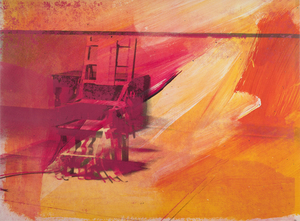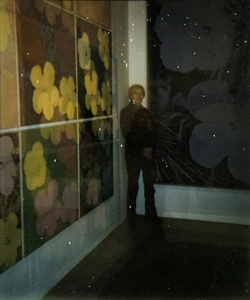At a time when the art currents in America swayed toward Abstract Expressionism, Pop Art emerged as a witty, democratized response to Post War commercialism. Born in the 1950s and flourishing in the ‘60s, Pop Art drew upon popular culture (hence “Pop” Art) to respond to the increasingly commercialized, mass production, and commodity-driven post-war milieu. While Pop Art democratized its source material—often making use of everyday objects and references—it harkened back to the diverse media and readymades employed in Dada of the Interwar Period. Among the significant nodes of the reception of Pop Art was the 1962 Norton Simon Musuem (at the time known as the Pasadena Art Museum) exhibition, New Painting of Common Objects, featuring the work of Ed Ruscha, Andy Warhol, Roy Lichtenstein, Wayne Thiebaud, Jim Dine, and others.
“Pop Art looks out into the world. It doesn’t look like a painting of something,
it looks like the thing itself” – Roy Lichtenstein
Wayne Thiebaud’s preference for depicting foods, fashion, toys, and landscapes was a conscious rejection of abstraction and the commentary common to much of Pop Art. Thiebaud’s bright, thick colors and delectable subjects drew upon his own memories growing up and the nostalgia for traditional American life. Like many abstractionists of his day, his was keenly interested in artmaking techniques—color, lines, shapes, highlights, shadows, texture, composition—although he preferred to focus on real objects from the material world. Many of Thiebaud’s compositions can be reduced to simple shapes—like squares in Boxes—while thick borders, like cartoon outlines, demarcate his use of complementary or contrasting colors to make the composition pop. Boxes, a still life of vibrantly colored boxes with playful designs, is a strikingly vibrant example of his most important and enduring underlying interests in artistic techniques and joyful nostalgia.

Still Life with Peaches and Water Jar (left), Still Life with a Silver Tray with Prunes, Dried Figs, Dates and Glass of Wine (center), and Still Life with Branch of Peaches (right) (c 62-69 BCE), Fourth Pompeiian Style wall painting, fresco, 14 x 13 ½ inches, Herculaneum, Italy
Thiebaud’s fixation on the genre of still lifes—a long-enduring genre in the history of art—allowed him to explore closely the artmaking techniques that occupied much of his artistic practice. Still lifes, like this painting by a Dutch Old Master and exhibited in the Metropolitan Museum of Art in New York, were intended to remind the viewer momento mori (“remember, you must die”); Thiebaud’s delectable subjects emphasized a joyful outlook on life.
Andy Warhol re-presented the public images of celebrities in his characteristic bright colors and offset screenprinting.
The darling of Pop Art, Warhol often appropriated newspaper images and his own Polaroids to create uncanny portraits of the rich, glamorous, and famous to underscore the difference between their public image and reality. In, Gold Marilyn Monroe, exhibited in the Museum of Modern Art in New York, Warhol offset the screen-printing layers and used highly saturated colors to intentionally skew Marilyn Monroe’s portrait, rejecting naturalism to render the starlet as a depersonalized object of Hollywood mass media. By using the process of screenprinting (also known as silksreen or serigraph), Warhol allowed for easier publication and wider distribution of his imagery.
WORKS BY POP ARTISTS
Jim Dine, Roy Lichtenstein and Ed Ruscha were among the Pop Artists included with Wayne Thiebaud and Andy Warhol in the pivotal 1962 New Painting of Common Objects show.
WAYNE THIEBAUD
Boxes
1963
12 x 10 in.
oil on canvas
JIM DINE
Double Silver Point Robes
1964
53 1/2 x 96 in.
silverpoint and acrylic on 2 joined canvases, wood, knife, and string in artist’s frame
ED RUSCHA
The End
1998-2016
11 x 14 in.
glass hologram set









_tn45730.jpg )
_tn45729.jpg )
_tn39239.jpg )
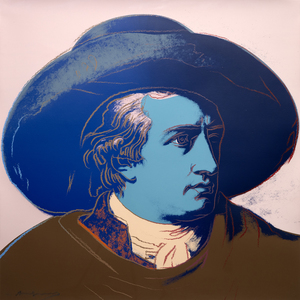
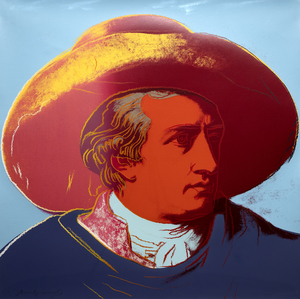
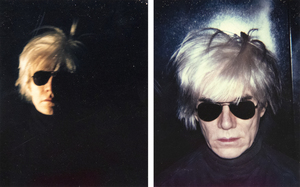
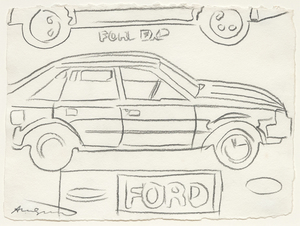
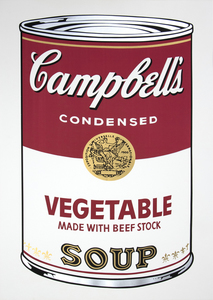
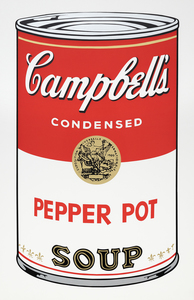
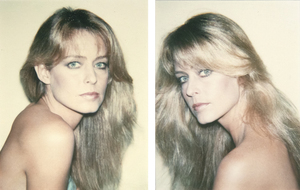

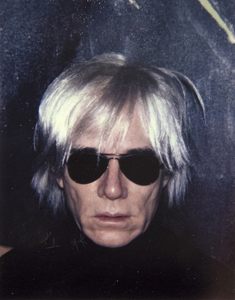
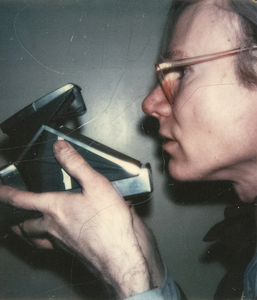
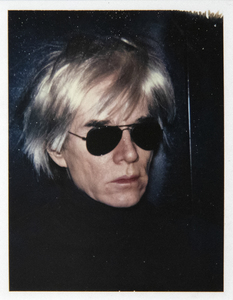
_tn36187.jpg )
_tn36185.jpg )
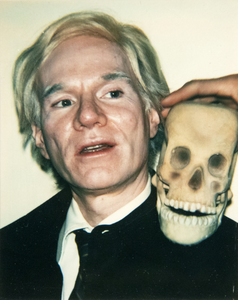
_tn44859.jpg )
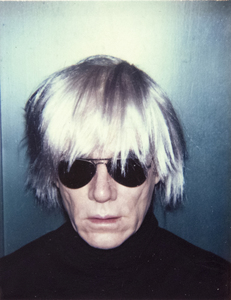
_tn36153.jpg )
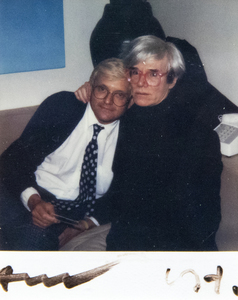
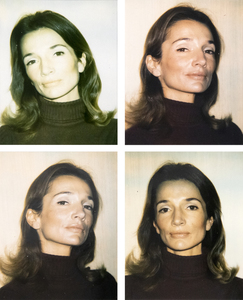
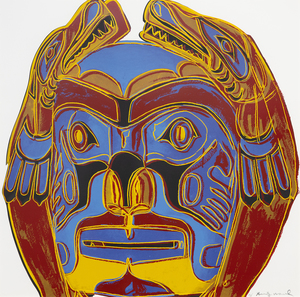
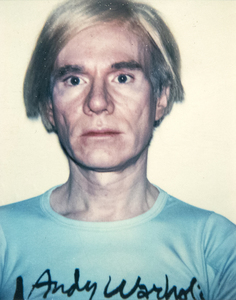
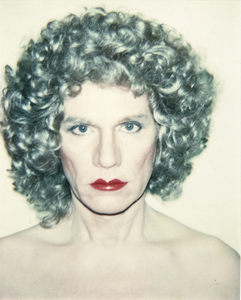
_tn37425.jpg )
